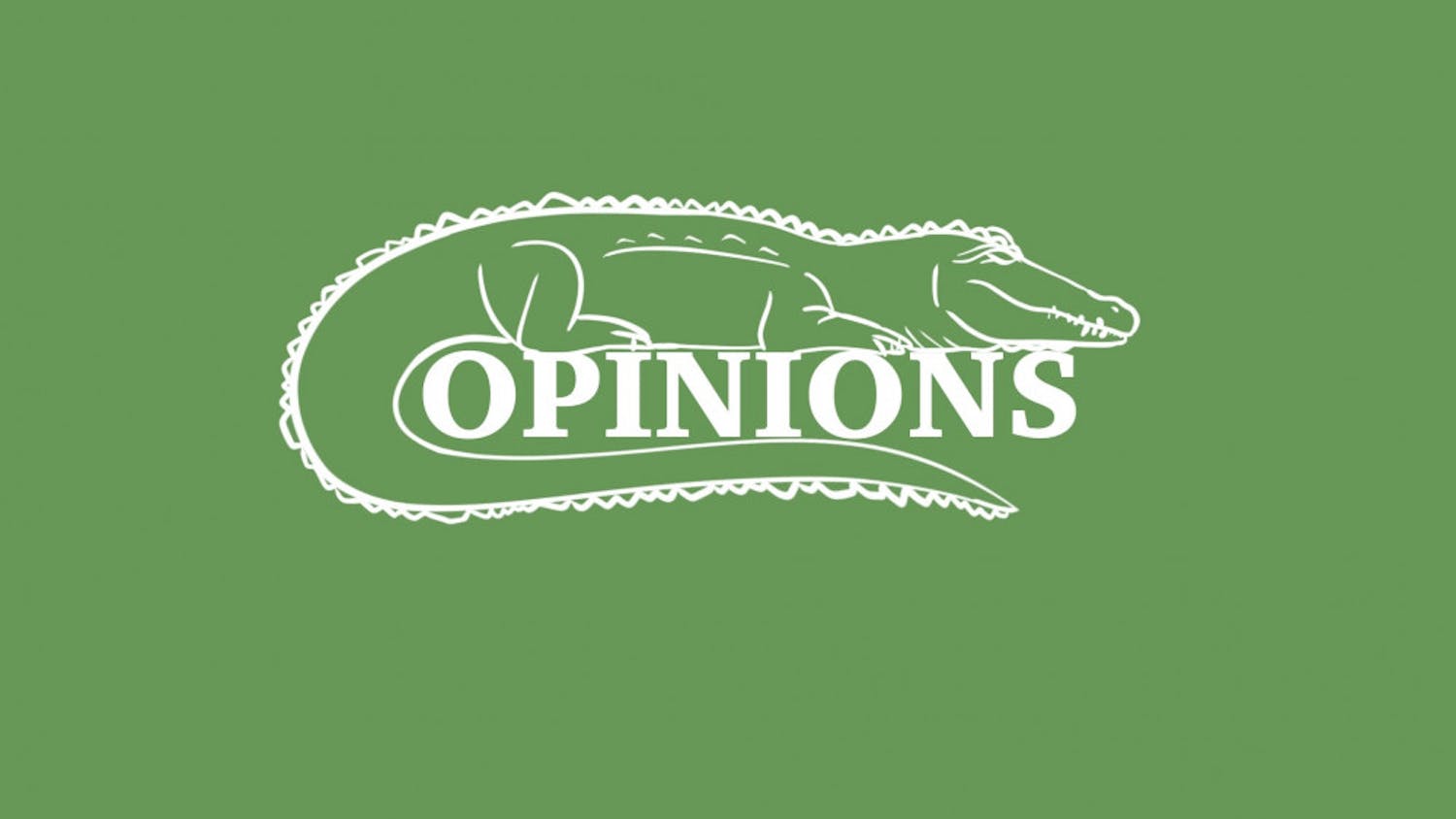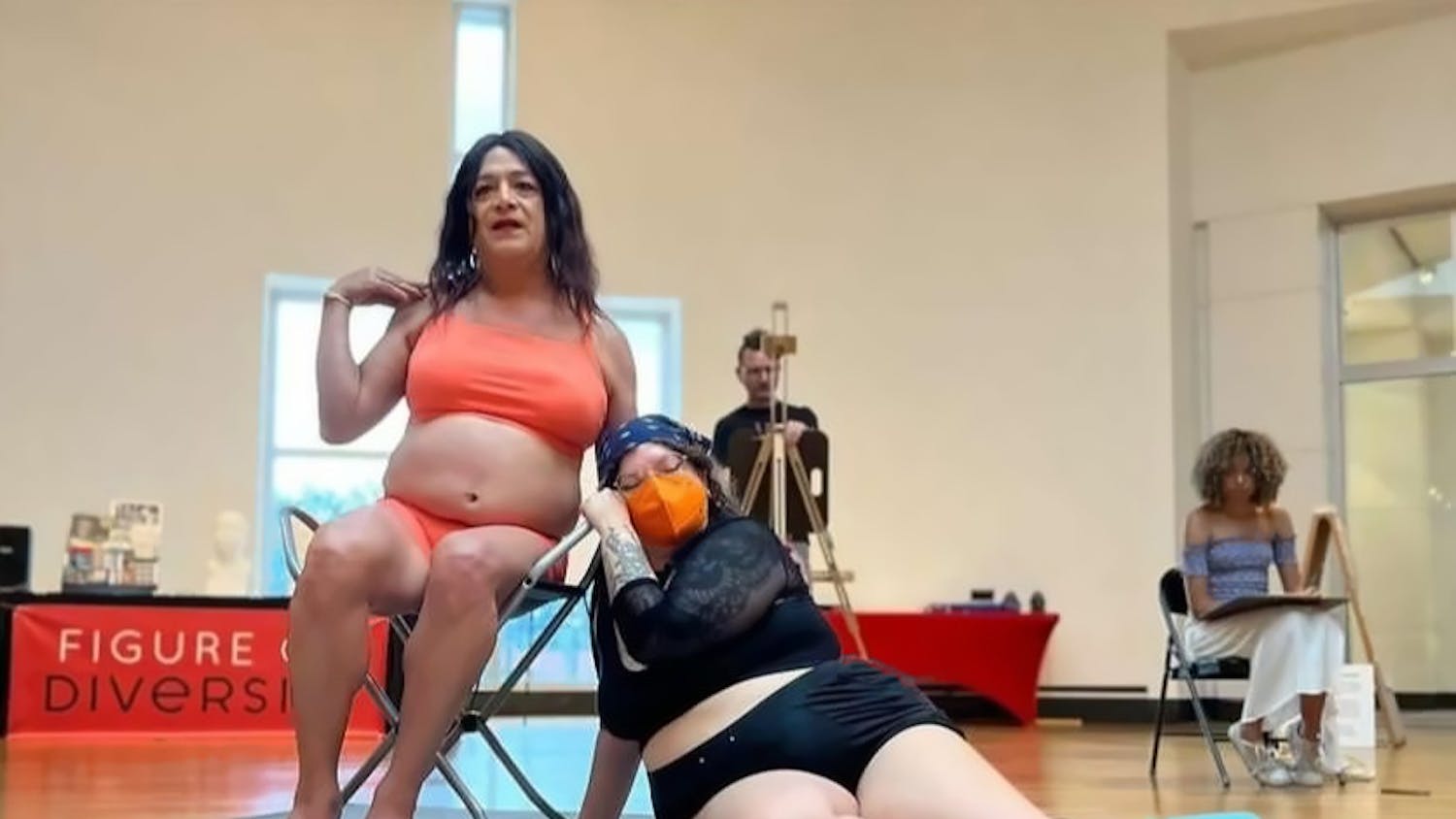How do we know if bananas are priced well?
We look around the farmers market, Publix, Wal-Mart, Winn-Dixie, etc.
How do we know if we did well on an exam?
We compare our grades to the class average and our friends’ grades in the same class. How do we compare people as a whole? If we were to put a numerical value on how much people are worth, that would objectify them.
But we do that. The media and our own observations of what traits in people are valued and desired have influenced us to be constantly insecure and to fit a mold created as a result of society’s narrow expectations.
For us to appreciate someone, we must compare. Comparison is inevitable. And it is also harmful for your self-worth. Movies and TV shows often cast tall, white, blonde and very sexual women. Men are hunky, broad-shouldered and brown-haired. Pop culture books often have a female protagonist who is completely normal, naive and naturally gorgeous. She is pretty, poised and perfect.
The media has infiltrated society, and the way we try to look and act like is based on what we see. Women are more likely to be affected by advertising. Fifty percent of commercials aimed at girls speak about physical attractiveness, although none of the commercials aimed at boys refer to physical appearance. Seemingly, the most important trait a woman can have is her looks, even if these looks are unhealthy.
The average woman in the U.S. is 5 feet 4 inches tall and weighs 140 pounds. The average U.S. model is 5 feet 11 inches tall and only 117 pounds, according to The Eating Disorder Foundation. Most runway models meet the Body Mass Index physical criteria for anorexia.
As a result of advertising and heavy preferences from the media, and in turn, society, four out of five women are unsatisfied with their appearances. Ninety percent of women overestimate their body size. Victoria’s Secret models are classic examples. There are few women in the world who we all admire and love as much as them.
Women want to be like them. Men want to be with them.
Their existence is hard to deny, and we call them Angels. Everyone has their favorite — the Aussie with the dimples or the dark-haired Brazilian babe?
Angels are not Homo sapiens. They are a group that’s members look very exotic, tall, thin, toned and perfectly curvy. Such perfection in one package is too good to be true.
After discussions about Victoria’s Secret in advertising classes and some Googling of my own (like: “Candice Swanepoel in real life” and “Adriana Lima without makeup”), I’ve reached the conclusion Victoria’s Secret models are pampered, edited and glorified by the advertising department of America’s largest lingerie retailer.
No matter how many times we tell men and women these women are unreal, they do not believe us. These models are paid to look good for a living. They work out for hours with their personal trainers each day. They follow strict diets and eat meals prepared by their nutritionists. Their butts, breasts and faces are pounded with layers of makeup. Their bodies are slathered with lotion before a photoshoot, and their bras are push-ups, padded and stuffed with silicon inserts.
Under direction from a handful of people, and with perfect lighting, they pose in the proper angle to emphasize their perfect bodies. Their images are then edited and airbrushed to have thinner thighs, smaller waists and more cleavage.
Miranda Kerr is an A-cup, however, with “plastic surgery” via Photoshop, she looks like a plump C-cup, according to www.skinnyvscurvy.com. Selita Ebanks, another Victoria’s Secret Angel, told the New York Daily News, “It’s all about creating the illusion of this amazing body on the runway. People don’t realize that there are about 20 layers of makeup on my butt alone.”
Everyone, more or less, knows models are unreal, and we have unrealistic expectations of ourselves. Yet we continue to aim to be as fake as they are. The media has created an image that, in actuality, doesn’t exist at all. Even the models do not look like their pictures.
Raksheen Ayaz is an advertising and business junior at UF. Her column runs on Thursdays. You can contact her via opinions@alligator.org.




